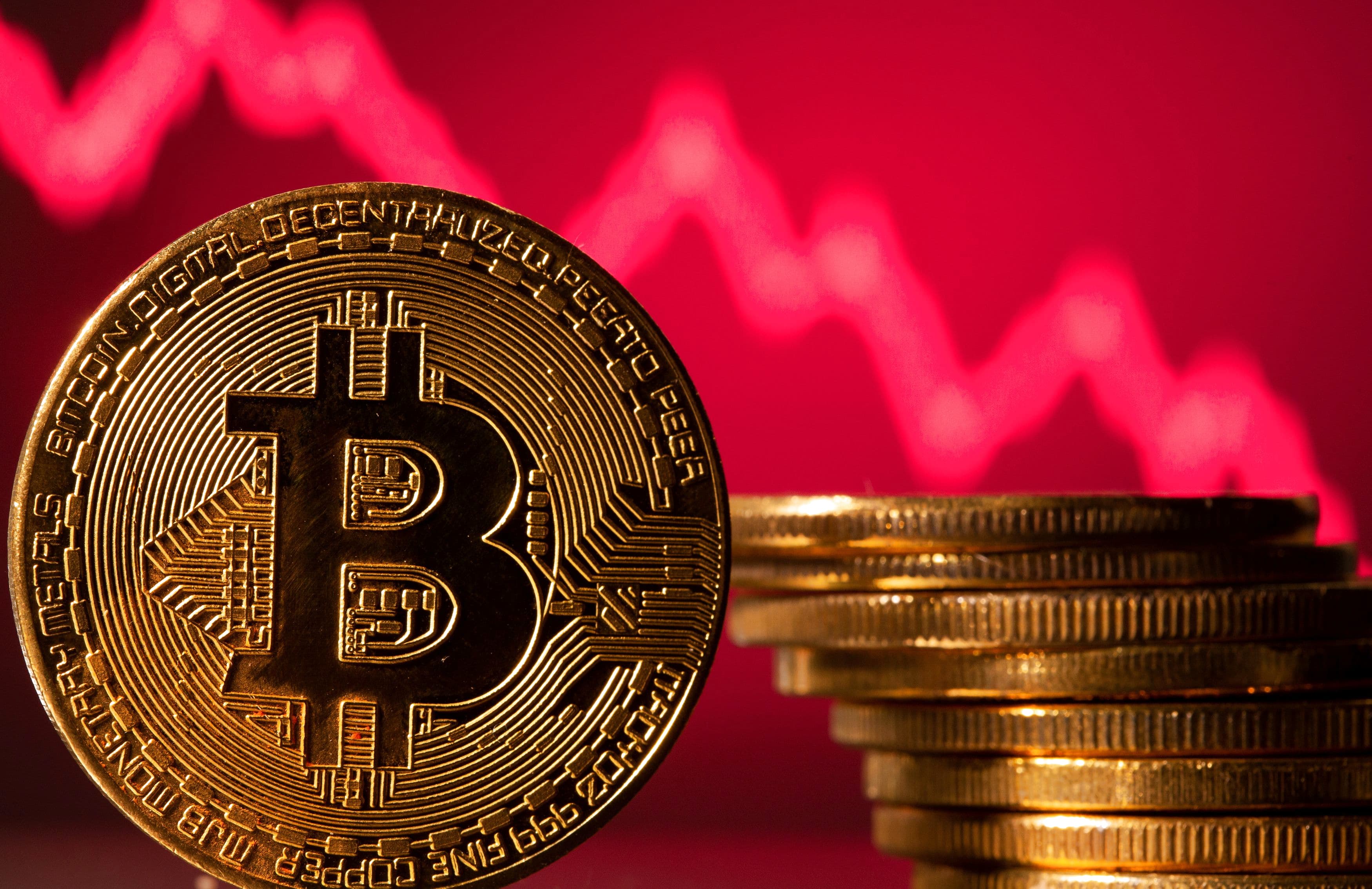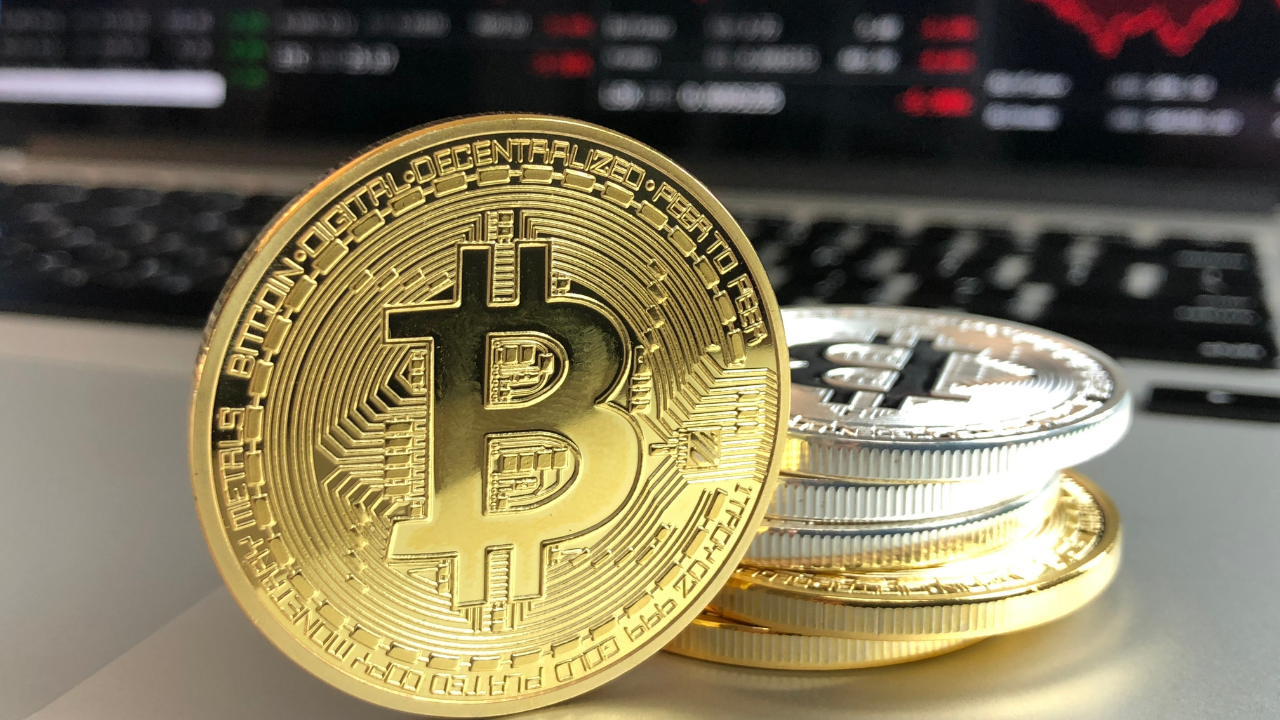What Is The Ethereum Gas Fees (GWEI)?
There are a ton of things to know when it comes to dealing with Ethereum, and one of those is a Gas fee. This is something that traders need to pay if they want to use the Ethereum blockchain. Gwei is the small fractioned price in the ether (ETH) of cryptocurrency, at times also is said to be nanoethics. Here are some of the features of Ethereum Gas Fees (gwei).
Ether
One feature that Ethereum provides is the Ethereum app. This is the important fuel to run the network. Any transaction executed on the network of Ethereum is done through this app. Moreover, it also gives payment for the transaction fees and computational resources. This app is used to buy gas as well, keeping aside that it is used to pay for transactions. For the computation of any transaction of the Ethereum app, this gas is used for payments and to perform any function on its blockchain. For forming regular peer-to-peer payments, building decentralized applications, and building smart contracts, ether can be used.
1. Ethereum Virtual Machine
The engine that understands the language of smart contracts of the Ethereum app is EVM. As a runtime environment for deploying and compelling Ethereum-based smart contracts, this machine is made. The language is the solidarity of this machine.
The architecture of EVM is stack-based. All in-memory values are stored in a stack. The word size of this machine is 256 bits. The protocols of the Ethereum app work completely for the requirement of controlling immutable, continuous, and uninterrupted special machine’s state. All Ethereum or Ethereum app accounts are live on this machine.
2. Decentralized Autonomous Organizations (DAOs)
The organization that operates without hierarchical management is DAO. The fashion of working in this organization is democratic and decentralized. In this organization, the decision-making process is not handled by the centralized authority but by the group of designated people. Through the DAO, people add funds to make and execute decisions. The applications of the Ethereum app are Agreements, shipping, voting system, and banking system. To make and execute decisions, DAO requires funds that are given by the group of people.
3. Decentralized Applications (Dapps)
There is a backing code that moves on a divided peer-to-peer network. This system work in the network of the Ethereum app. It gives direct interaction between the decentralized application providers and end-users. As the Ethereum apps run, this smart code runs. You cannot change the contracts once you deploy the network. There are some benefits of Dapp for the Ethereum app: verifiable behavior, trustless computation, resistance to censorship, the integrity of complete data, zero downtime, and privacy.
4. Smart Contacts
This is how traditional contracts works and smart contracts revolutionize. A simple computer program that facilitates the exchange of any asset between two parties is the smart contract of the Ethereum app. The things that you want to exchange are digital assets, shares, and property money. Anyone can create this account who has the Ethereum app.
The minimum amount of gas essential to make a part of the transaction on the Ethereum blockchain is high. The base fees are dictated by the congestion level of the network. The number of users who are interacting with the network is adjusted dynamically.








